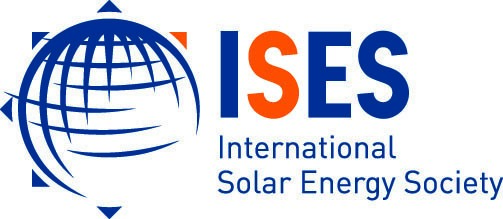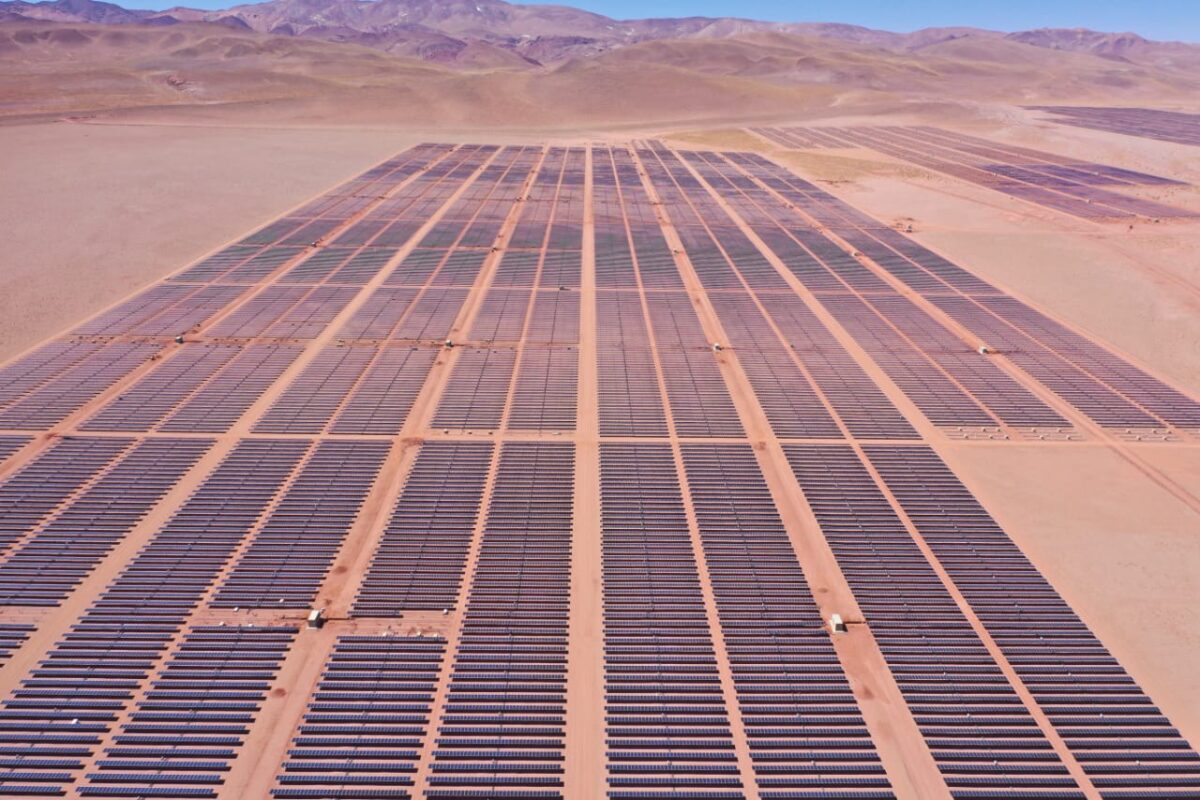With annual irradiation levels over 2,700 kWh/m2/year, the Atacama Desert in Argentina and Chile is the sunniest area on the planet. Around ten years ago, the first utility-scale, multi-MW PV projects started in both countries, and expectations were high for the widespread adoption of photovoltaics over the whole continent. Rooftop PV, however, has never really taken off in Argentina (30 MW out of the 1,300 MW of cumulative installed PV capacity in 2023) or Chile (220 MW out of the 8,400 MW of cumulative installed PV capacity in 2023), with less than 3% of the total installed capacity on rooftops in both cases, and the reasons for that are not expected to change soon.
In 2018 Argentina established Dec Reg No. 986, with a target of having 1,000 MW of distributed generation (DG) PV installations on residential, commercial, industrial, and public buildings by 2030. This decree was regulated by Resolucion No. 314 SGE 2018, with the following categories of users-generators:
- Small users-generators (UGpe): users connected to the distribution in low voltage, with a PV nameplate capacity of up to 3 kW.
- Medium users-generators (UGme): users connected to the distribution grid in low/medium voltage, with a PV nameplate capacity between 3 and 300 kW.
- Major users-generators (UGma): users connected to the distribution grid in low/medium voltage, with a PV nameplate capacity between 300 kW and 2 MW.
Payments under the Distributed Energy Framework have the following requirements:
- At the end of each billing period, users-generators receive an invoice detailing their consumption and energy fed into the grid, in kWh with the corresponding prices of each unit expressed in Argentine pesos/kWh.
- Energy fed to the grid is measured, registered, and paid by distribution companies, which are duly reflected in the corresponding invoice.
- No additional charges from the distribution companies are allowed.
- Should the energy fed into the grid be greater than the one consumed by the user-generator, the user-generator gets a credit which will be taken into account for future billing periods.
- Credits in favor of users-generators do not expire and remain in the corresponding account until they are compensated.
- Assignment of such credits to accounts of other users of the same distribution company can be carried out in accordance with the procedure established by the corresponding regulatory agency.
These net billing conditions are in principle reasonably attractive, but so far only around 30 MW of distributed generation have been installed in the country. The problem is that distribution utility tariffs, especially residential tariffs, are subsidized and so low that the Levelized Cost of Energy (LCOE) of rooftop PV is much higher, and it is not attractive for users to adopt solar and become prosumers.
In Chile, with the publication of the technical normative of Law 20.571 in 2014, the “Net-Billing Law” came into force, allowing PV systems up to 100 kW to be installed behind the meter of regulated clients. Utility tariffs are not subsidized and the typical payback period of rooftop PV ranges from seven to ten years. The scale of rooftop PV adoption in Chile, however, has so far not expanded much, especially for residential prosumers, because under the net-billing structure, profitability is only obtained for larger self-consumption rates.
Different countries have adopted either tax incentives (USA), feed-in tariffs (Australia and most of Europe) or net metering (Brazil) or even net billing (Argentina and Chile), and it makes a difference in both the sizing of a rooftop PV system, and on the economic feasibility of going solar. Net metering transactions are usually one-to-one, so the credits (usually in kWh) are often equal to the retail rate of electricity (what the user pays). Net billing credits (usually in $) are often equal to the wholesale rate of electricity (what the utility pays), which is less than the retail rate. With net metering, the electricity uploaded to the grid is worth the same as the electricity purchased from the grid.
Net metering
The user receives bill credits, but it's not usually a monetary exchange. Instead, the credits from net metering are “banked” and used when the prosumer needs to pull electricity from the grid on a cloudy day. Net metering credits can be rolled over monthly and are usually a one-to-one exchange; the solar-generated kilowatt-hour (kWh) is worth the same as a grid-produced kWh. There is also a small monthly service/interconnection fee in many cases. This simplifies the energy bill as prosumers are only billed for their net energy use: the consumption minus the energy production. Net metering programs are an excellent way for solar owners to store in the utility grid the energy their solar roofs produce. Net metering makes rooftop PV more valuable. However, utility companies argue that because retail prices reflect business expenses in addition to the value of electricity, net metering credits are equal to more than the value of electricity and delivery.
Net billing
Instead of banking the credits earned from the excess energy generated by rooftop PV, net billing programs make it possible to sell that energy to the utility, typically at the wholesale rate, and here is where it becomes so much less attractive than net metering. Net billing is a monetary exchange in which the energy generated by a rooftop solar system is treated like that of a large-scale solar project. The compensation rate will typically be lower with net billing than with net metering.
Prospects
In the end, as always, price is what matters. If a small turn-key rooftop PV system costs more than double the price in Argentina and Chile ($1,750/kW) than in neighbor Brazil ($800/kW) or across the world in distant Australia ($700/W), and residential tariffs are low/subsidized, not even the best solar resource availability will save the day for rooftop PV anywhere.
Popular content
Authors: Prof. Andrew Blakers /ANU) & Prof. Ricardo Rüther (UFSC).
Andrew.blakers@anu.edu.au and rruther@gmail.com
ISES, the International Solar Energy Society is an UN-accredited membership NGO founded in 1954 working towards a world with 100% renewable energy for all, used efficiently and wisely.

The views and opinions expressed in this article are the author’s own, and do not necessarily reflect those held by pv magazine.
This content is protected by copyright and may not be reused. If you want to cooperate with us and would like to reuse some of our content, please contact: editors@pv-magazine.com.


3 comments
By submitting this form you agree to pv magazine using your data for the purposes of publishing your comment.
Your personal data will only be disclosed or otherwise transmitted to third parties for the purposes of spam filtering or if this is necessary for technical maintenance of the website. Any other transfer to third parties will not take place unless this is justified on the basis of applicable data protection regulations or if pv magazine is legally obliged to do so.
You may revoke this consent at any time with effect for the future, in which case your personal data will be deleted immediately. Otherwise, your data will be deleted if pv magazine has processed your request or the purpose of data storage is fulfilled.
Further information on data privacy can be found in our Data Protection Policy.